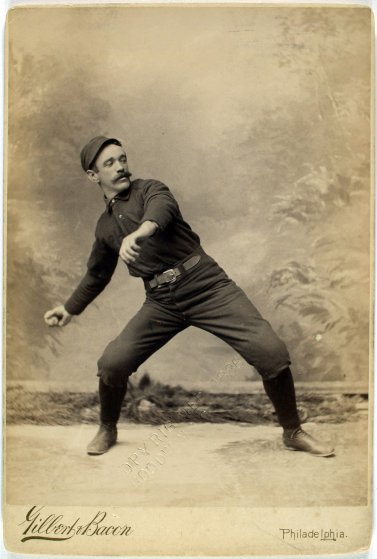As we discussed earlier, courts look at the purpose and character of the use for both the original owner and the derivative use. Courts look at how the party claiming fair use is using the copyrighted work. Is the derivative use meant to make money? If so, it is more likely to be found infringing, but if it is not intended to bring profits to the copier, then it has a better chance to be found as fair use.
While courts are more likely to find that nonprofit, educational and noncommercial uses are fair. This does not mean, however, that all nonprofit, educational and noncommercial uses are fair. Nor does it mean just because you make money on it that all commercial uses are not fair. Rather, courts balance the purpose and character of the use against the other factors.
Additionally, “transformative” uses are more likely to be considered fair. Transformative uses are those that add something new, with a further purpose or different character, and do not substitute for the original use of the work.
This can be closely related to another aspect: The effect of the use upon the potential market for or value of the copyrighted work. In this factor, courts review whether, and to what extent, the unlicensed use harms the existing or future market for the copyright owner’s original work. Questions asked include: Is the use hurting the current market for the original work, and whether the use could cause substantial harm if it were to become widespread?
Next time, we’ll look at some specific cases looking at how these factors are reviewed in real life.
By the way, if you want to learn more about trademark and copyright, we have some upcoming webinars. Register here!

